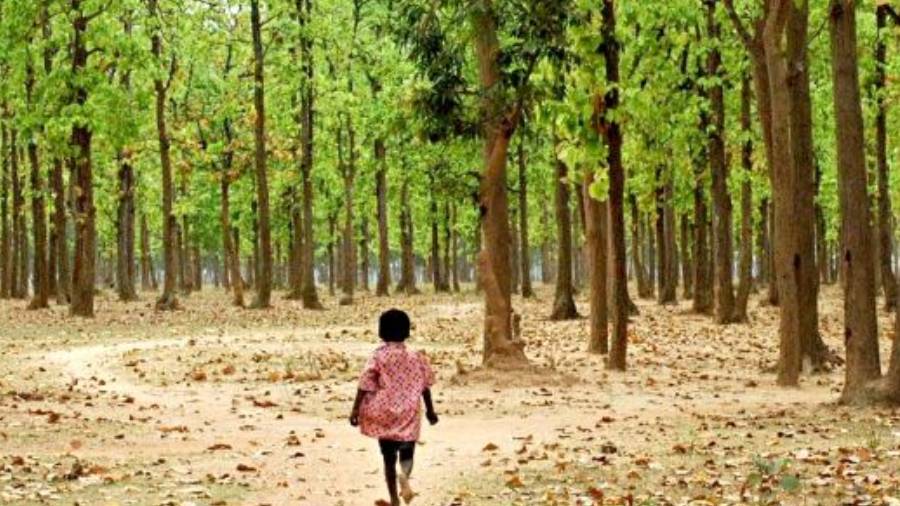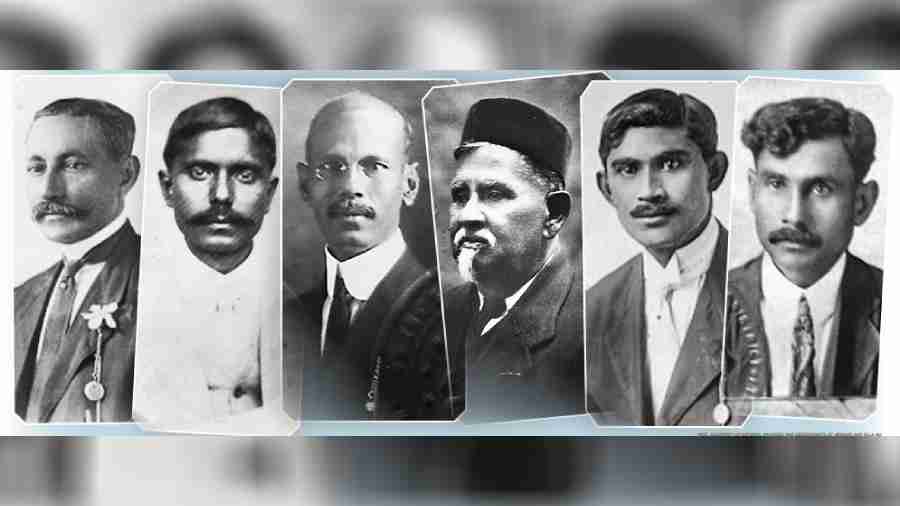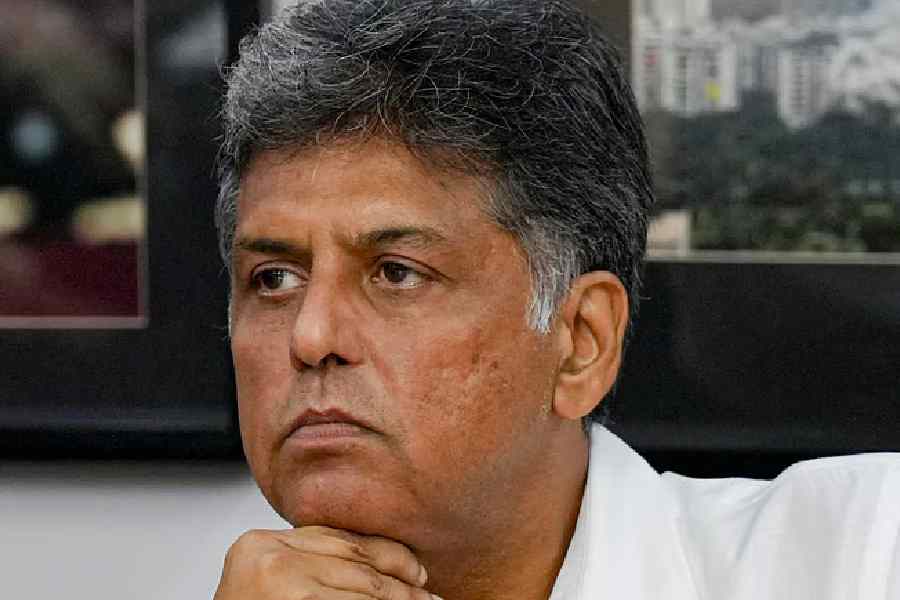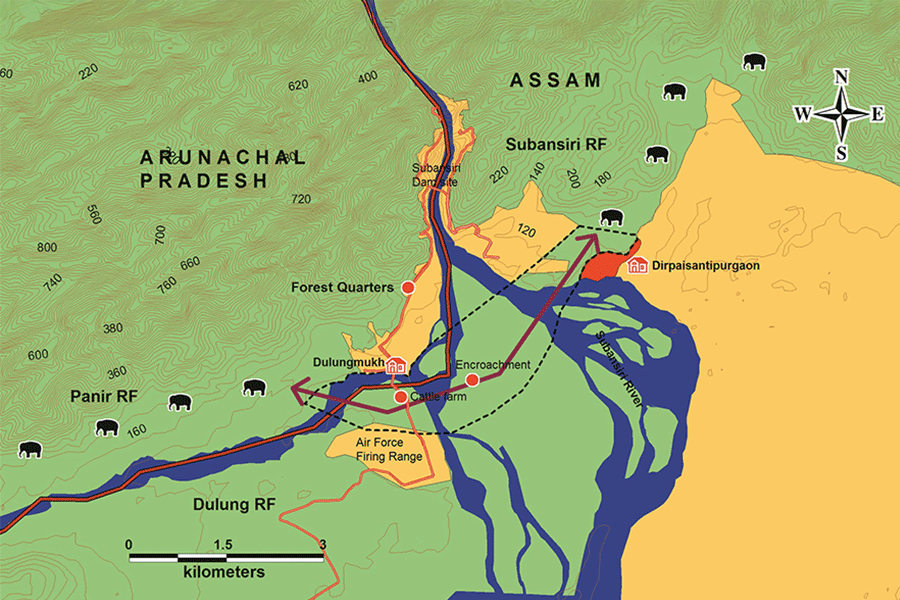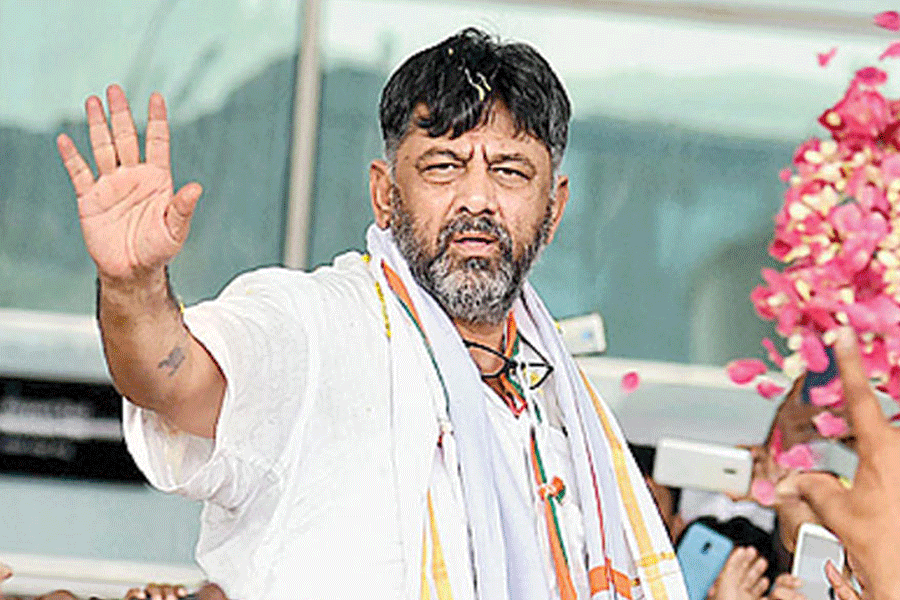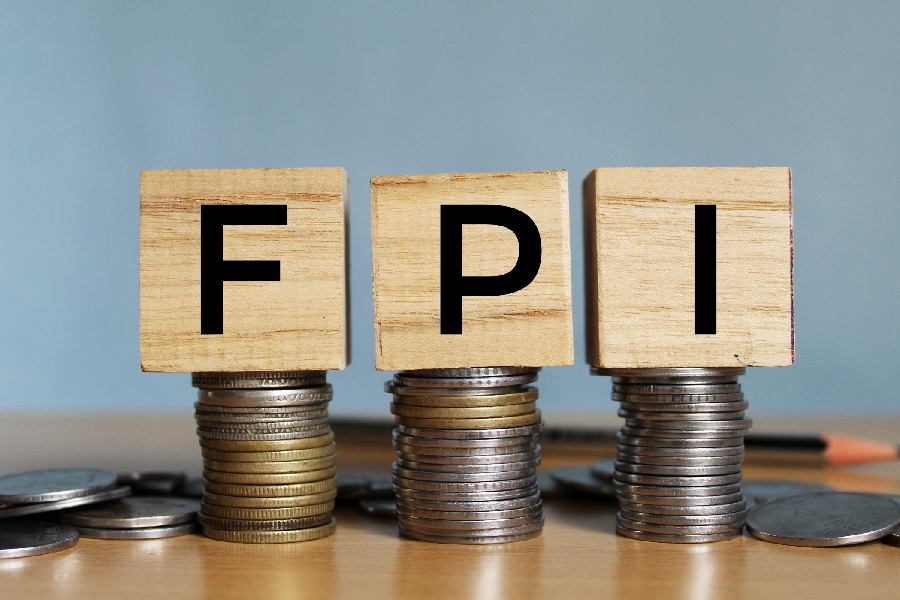If you were to ask 10 people what the word Birbhum suggests to them, you would get an assemblage such as this — Santiniketan, Deocha-Pachami, jungles, Rabindranath, Naxalites, Anubrata, goru pachar, Baul, Visva-Bharati. Now, all you have to do is rearrange these responses and you will have the portrait of Birbhum district of Bengal’s Burdwan division, which is currently making headlines.
In Birbhum, a 1910 publication by The Bengal Secretariat Book Depot, L.S.S. O’Malley of the Indian Civil Service writes: “The district is a triangular tract of country, like Great Britain in shape…”
The triangle that is Birbhum rides on the back of West Bengal on the map, beyond it is the state of Jharkhand, and on the other side is Murshidabad district. At the base of the triangle, just above Burdwan, are Illambazar and Bolpur-Sriniketan. Ironically enough, right now, while in Illambazar, Padma Shri awardee Purna Das Baul is battling against land encroachment by locals, in neighbouring Bolpur, Nobel laureate Amartya Sen is locked in his own battle with Visva-Bharati over 13 decimal land. But then Birbhum quite literally means the land of the brave!
Ayesha Khatun, the author of Pora Mukuler Gandho, a Bengali novel on Birbhum’s stone quarries, lives in Birbhum’s Mohammad Bazar. She tells The Telegraph, “Today, no one remembers Birbhum for the great land it once was. No one remembers the Santhal Rebellion of 1855- 56 that had once rocked even the British Empire.”
O’Malley saheb had another theory for Birbhum’s nomenclature, one that had to do with the tangible identity of the land. He wrote, Birbhum signifies forest land, after all bir in Santali means jungle. Birbhum’s forest land stretches from Rampurhat to Mallarpur, Ganpur, Mohammad Bazar, Illambazar, Egaro Mile before merging into the forest lands of Durgapur, Bankura and Junglemahal in places along the border.
Khatun lists names of places in the district which probably take their name from the wild animals who would have inhabited the jungles; places with names like Hatisura, Baghmara, Hastikanda and Bhaluk-Shaluk.
Kunal Deb, who is a social activist working amongst the Santals in Birbhum, says, “Birbhum has nine rivers, the world’s second largest coal block, basalt stone and limestone reserves, rice mills, brick kilns. It used to be home to a great big sugar factory.” Deb talks about how the Ajay and Mayurakshi rivers have long stretches of sandbars. Dwarka, Hinglo, Bansloi, Kopai, Bakreshwar, Siddheswari and Brahmani are dying rivers but are rich in sand.
Pankaj Datta, who is a former inspector-general of police, West Bengal, points out that Birbhum’s economy depends to a great extent on the business of cattle in the haats or local markets. He says, “Cows from Bihar, Jharkhand, Haryana, Uttar Pradesh, Rajasthan and other neighbouring areas are sold here.”
As per the 2011 census, 87.17 per cent of the population of Birbhum resides in its villages. The district has 37 per cent Muslims and 62 per cent Hindus. Tarapith in Rampurhat is a big draw with Hindu pilgrims and Patharchapuri is famed for Shah Mahboob Data Saheb’s mazar. As researcher Shakti Bhattacharya puts it, “Birbhum is unique in its variety. Baul achhe, lal mati achhe, bali achhe.”
For all its natural bounty, to date, Birbhum has no industry. And yet there have been political stalwarts who either belonged to the place, like Pranab Mukherjee, or fought and won elections from there time and again — such as Somanth Chatterjee.
The current MP from Birbhum Lok Sabha constituency is actress, poet and politician Satabdi Roy, but the uncrowned king of the region for at least the last decade has been Anubrata Mondal, right up to his arrest last year by the CBI. Mondal, who is TMC’s Birbhum district president, is currently in Asansol jail for his involvement in a multi-crore cattle smuggling case.
Deb, however, says, “Birbhum had gone the wrong way long before smuggling and extortion became the law of the land. In the late 1970s and 1980s, when the Left-front government launched Operation Barga, violent conflicts rocked the district.” Santiniketan was in the headlines in the 1990s also when Dilip Sinha, the then vice-chancellor, hired a maths professor who was not even a graduate.
Former IPS officer Nazrul Islam says, “Birbhum was always a politically charged place.” He recounts an incident from the early 1980s, when he was posted as SDPO Bolpur. He says, “A crowd led by a CPI(M) MLA and the son of a CPI(M) MP had brutally assaulted a leader of the opposition party. When the seriously wounded person pleaded for water, on the instruction of the MP’s son, someone urinated into his mouth. I arrested the accused persons including the MP and his son. Within a week of the incident, I was transferred to a battalion. The criminals were then as they are now, sheltered by ruling parties and preventing free and fair elections.”
Till the late 1990s, the IndoBangladesh border at Murshidabad, which is a couple of hours’ drive from Birbhum, was porous and had no barbed wire. Cows, coal, stone went across the border unnoticed. But it was all happening on an ad hoc basis and on a small scale. Also, most importantly, Birbhum was not as visible to the rest of India and Bengal as it is now.
Take a very basic thing like the railways. Even in 2000, there were two trains between Bolpur and Howrah, one in the morning and one in the afternoon. Today, there are at least a dozen trains, including a Shatabdi.
Some say that the mysterious influx of funds and urbanisation of Birbhum coincided with the Gorkha movement. Deb says, “Bengali tourists started looking for options beyond the hills. Santiniketan-Tarapith-Bakreshwar became a popular and accessible tourist circuit. The economy of the district started changing from a horizontal one to a vertical one. Real estate boomed. Multistoreyed buildings, shopping complexes, homestays, big hotels and luxury resorts mushroomed.” With it the demand for sand and stone increased.
It was not long before the political parties sniffed blood. Sand mafias became active. Coal and stone became major earners. In October 2022, the Green Tribunal ordered the closure of all stone quarries in Birbhum and Dumka district of Jharkhand. Deb points out that the stone quarries of Dumka have been shut since then but in Bengal the stone quarries were closed for only seven days. They are functioning again.”
About the rampant cow smuggling, this is what Datta has to say: “Some ruling party heavyweight, some customs and BSF officials and police officers are directly or indirectly involved. Even a handful of local panchayat members have connivance in this matter. The cow racketeers sell those cows at exorbitant rates to the loss of the state revenue.”
Bhattacharya says, “The people of Birbhum are simple. They have always stayed away from politics.” But more than one person told The Telegraph on condition of anonymity that the youth of the region are being used by political parties as agents of extortion.
In the last 12 months, Birbhum has descended further into notoriety. The Bogtui arson case, the ED raid of Partha-Arpita’s Santiniketan farmhouse, the huge haul of explosives are just some of the headlines.
***
In an undated letter, Kshitimohan Sen describes Santiniketan at first sight to his wife Kiranbala. The letter reads: “On one side of the ashram there are two ancient saptaparni trees. Once upon a time many robberies had taken place right here. Today, at that very spot is Maharshi’s marble seat. Inscribed on it are the words, ‘Tini amar moner ananda/Praner aram/Atmar shanti… He is my joy/My life’s comfort/My inner peace’.”

